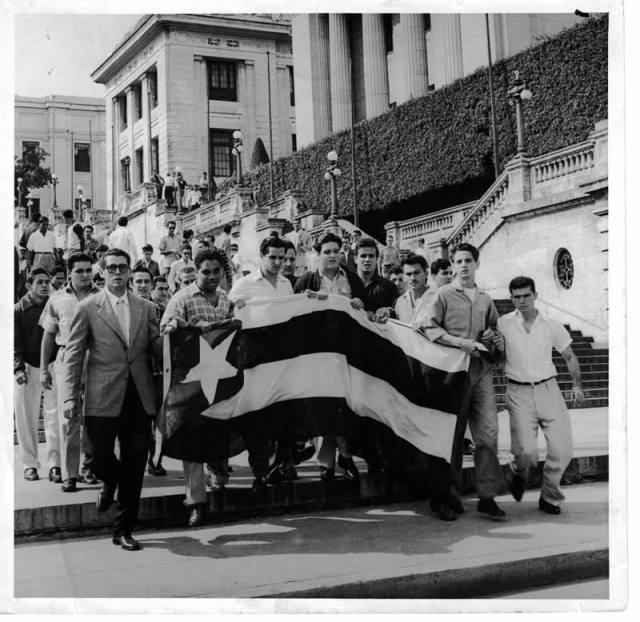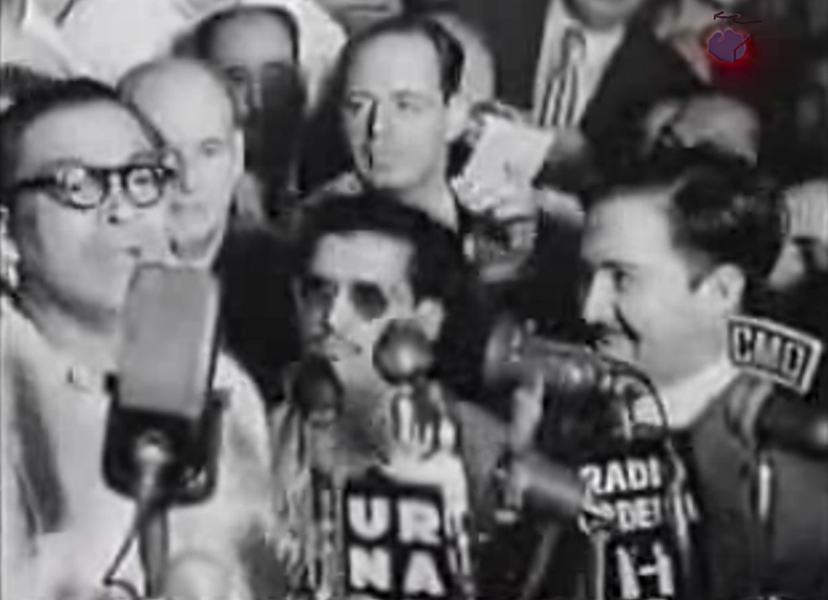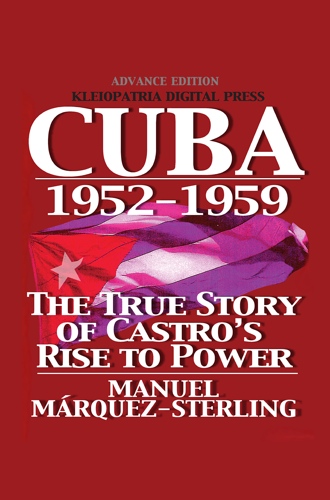May 20, 1952
The Bloque Cubano de Prensa [Cuban National Association of Newspaper and Magazine Publishers] mediates in the political crisis. They urged the regime to make political concessions to the opposition and to convince the opposition to accept them in order to achieve a peaceful solution. The negotiations soon broke down. Both camps were recalcitrant. The opposition demanded extreme and unrealistic concessions: Batista and his cabinet had to resign in toto and be replaced by nonpolitical figures unequivocally neutral followed by general elections. For the following five years this recalcitrant revolutionary opposition wouldn’t modify the core of these demands and sabotaged any compromises advocated by the electoralists.
based on Manuel Márquez-Sterling's Cuba 1952-1959 and
Cuba 1952-1959 Interactive Timeline
Cuba 1952-1959 Interactive Timeline





 Mobile subscription
Mobile subscription


